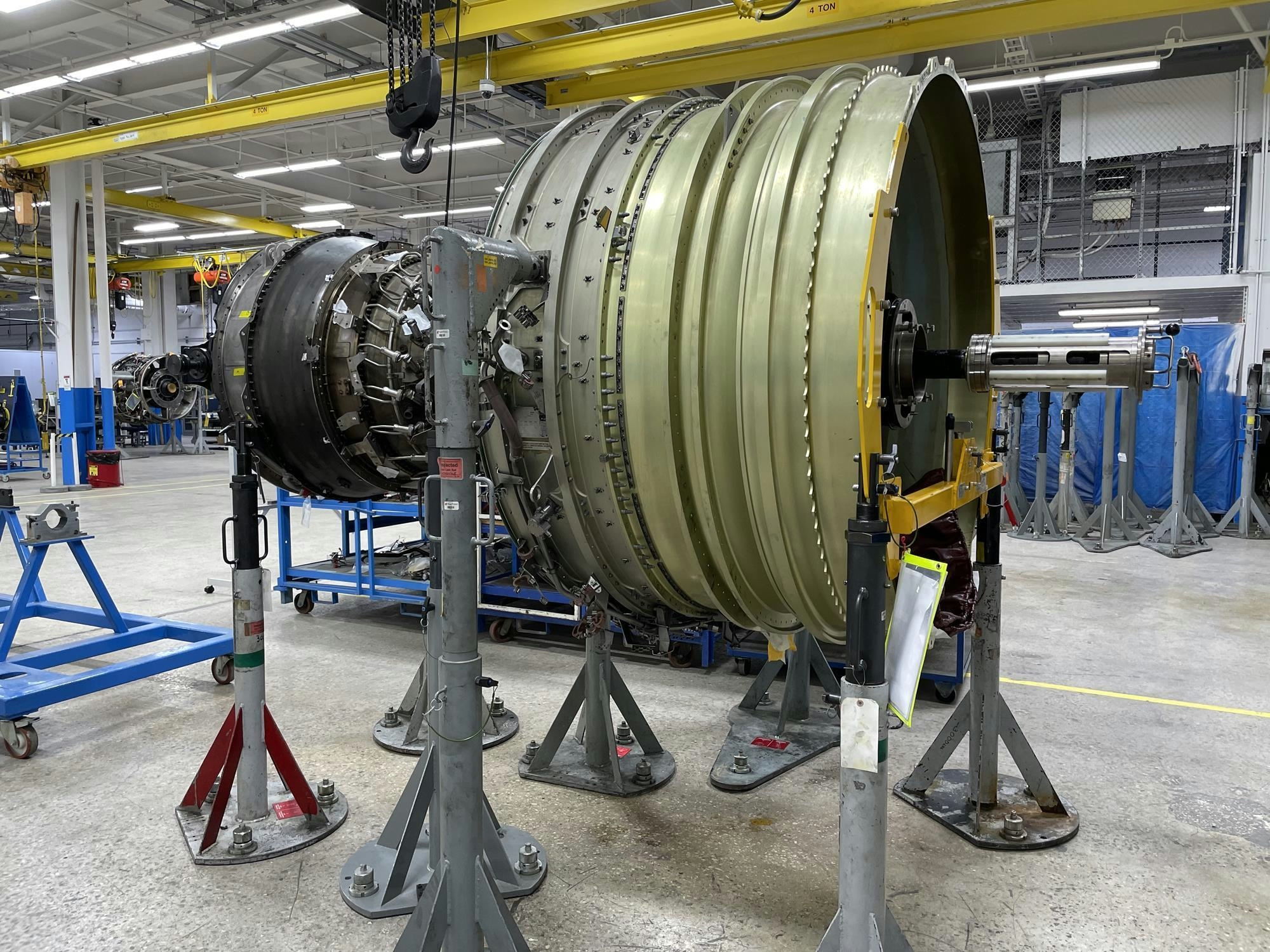
AeroGenie: il tuo copilota intelligente.
Tendenze
Categories
Korean Air to Build New MRO Facility at Seoul Incheon Airport
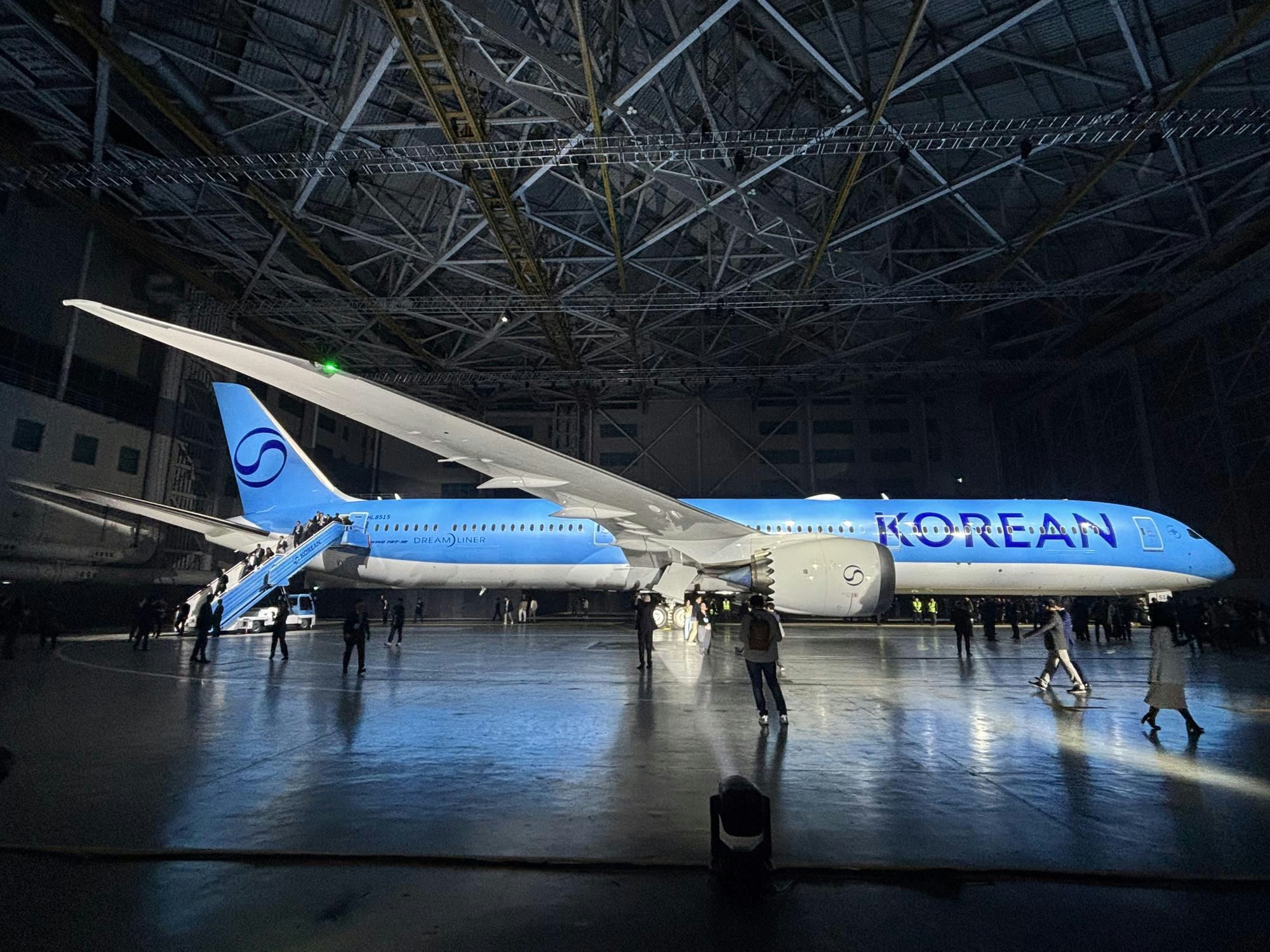
Korean Air to Establish Advanced MRO Facility at Seoul Incheon Airport
Korean Air has unveiled plans to construct a state-of-the-art airframe maintenance, repair, and overhaul (MRO) hangar at Seoul’s Incheon International Airport, with operations slated to commence in 2029. This initiative represents a joint investment of KRW 176 billion (approximately $119.5 million) between Korean Air and Incheon International Airport Corporation, aimed at enhancing the airline’s maintenance capabilities and solidifying its position within the global aviation market.
Facility Specifications and Strategic Objectives
The new facility, encompassing 69,299 square meters (745,928 square feet), will be situated within Incheon Airport’s High Tech Aviation Complex. Construction is scheduled to begin in 2027, following an agreement formalized on November 24. Designed to accommodate simultaneous servicing of two widebody and one narrowbody aircraft, the hangar will provide comprehensive airframe inspections, component checks, as well as heavy maintenance and modification services.
Korean Air emphasizes that this project will significantly bolster its world-class maintenance expertise and operational capacity, particularly in the wake of its recent launch as an integrated carrier. The expanded infrastructure is expected to elevate Korean Air’s status as a premier global MRO hub, thereby enhancing South Korea’s competitiveness in the aviation maintenance sector.
Challenges and Industry Implications
Despite the promising outlook, the project faces notable challenges, including the substantial construction costs and the complexity of integrating the new facility with existing maintenance operations without disrupting ongoing services. Industry analysts acknowledge that while the investment underscores Korean Air’s commitment to expanding its MRO infrastructure, it also necessitates careful management to maintain operational continuity during the transition period.
Market response to the announcement has been predominantly positive, with expectations that the increased maintenance capacity will improve Korean Air’s operational efficiency and global standing. This development may also intensify competition within the sector, as evidenced by recent moves from other major carriers. For instance, Emirates has announced plans to build a new maintenance facility dedicated to Rolls-Royce Trent 900 engines, signaling a broader trend of escalating investment in MRO capabilities.
Broader Expansion Strategy
The new airframe MRO facility forms part of Korean Air’s wider strategy to expand its maintenance footprint. Alongside this project, the airline is advancing the development of an engine MRO facility on Yeongjong Island, near Incheon, as well as an urban air mobility research and development center in Bucheon. These initiatives reflect Korean Air’s commitment to innovation and long-term growth across both traditional aviation maintenance and emerging sectors within the industry.
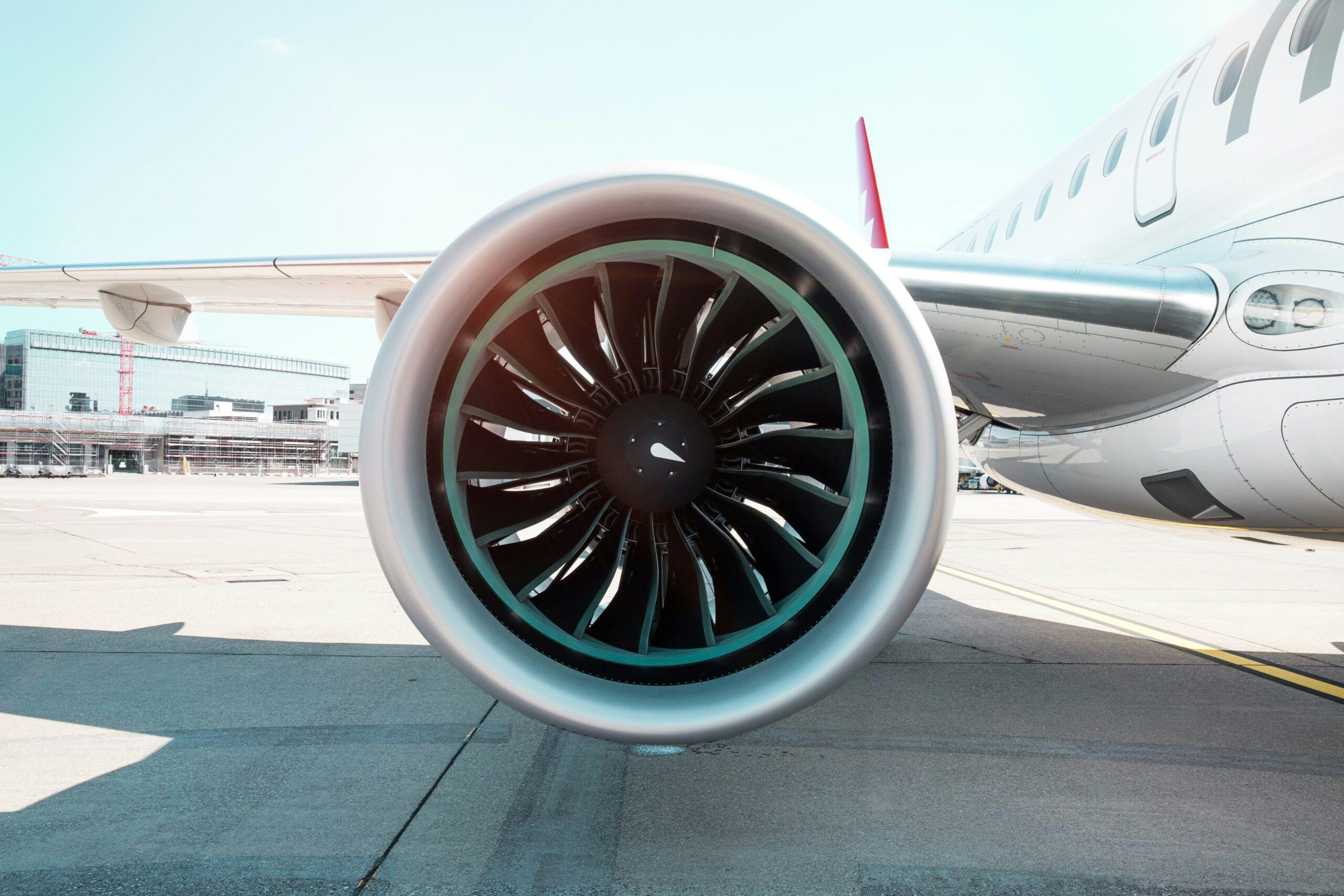
Leading Companies in Aviation Artificial Intelligence: Airbus, Amazon, Lockheed Martin, Tata Power, Thales
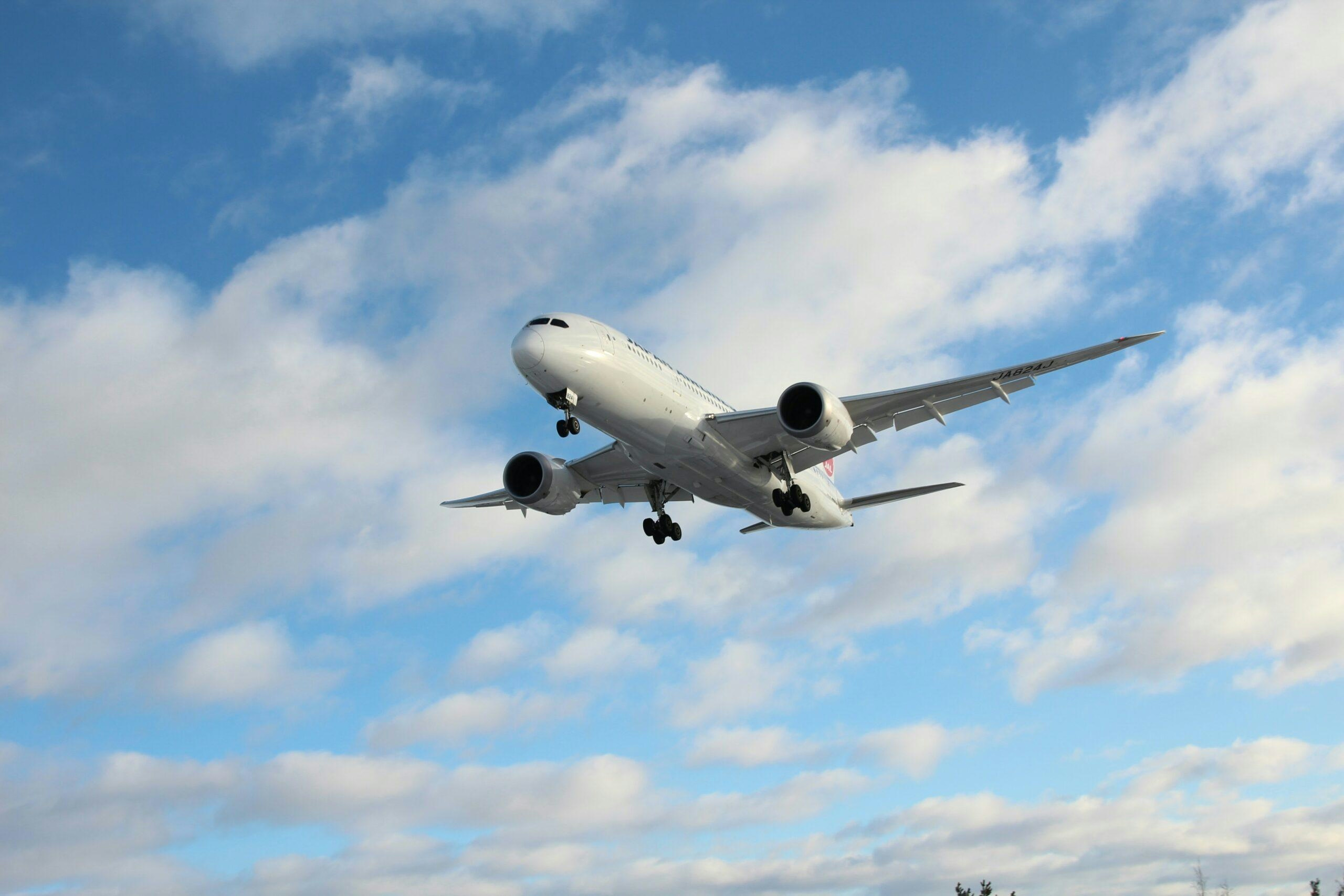
Warburg Pincus Acquires Hong Kong-Based Topcast Aviation Supplies
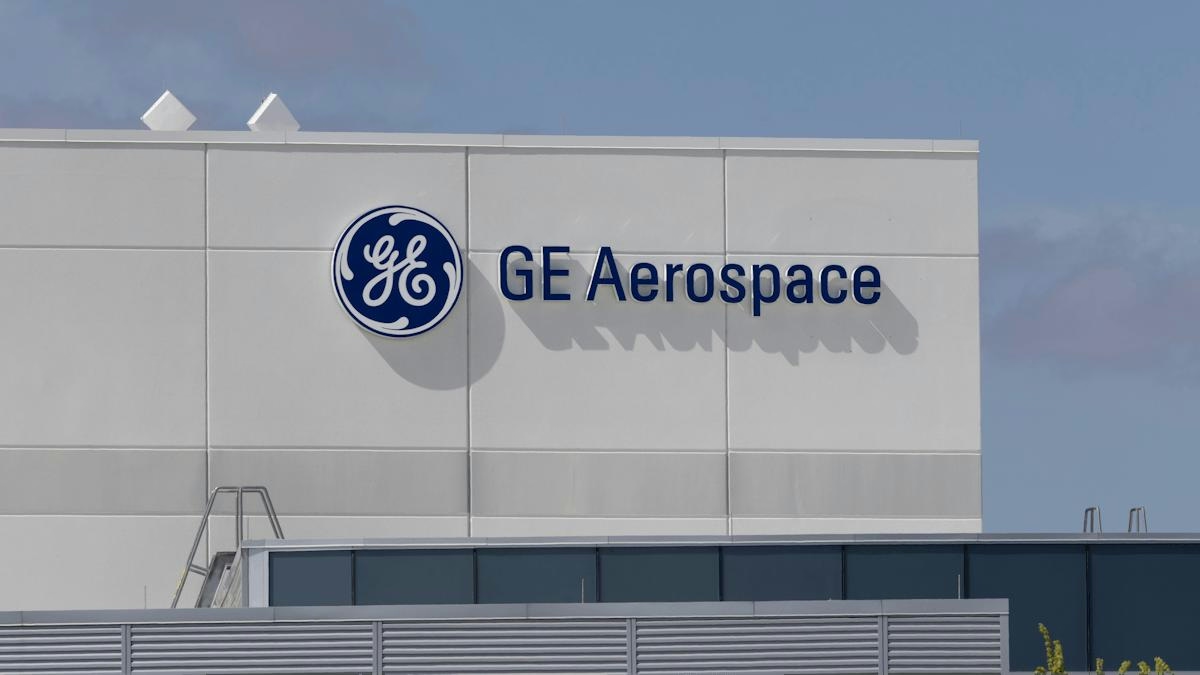
GE Aerospace Expands North Carolina Facility with $53 Million Investment to Address Supply Chain Issues
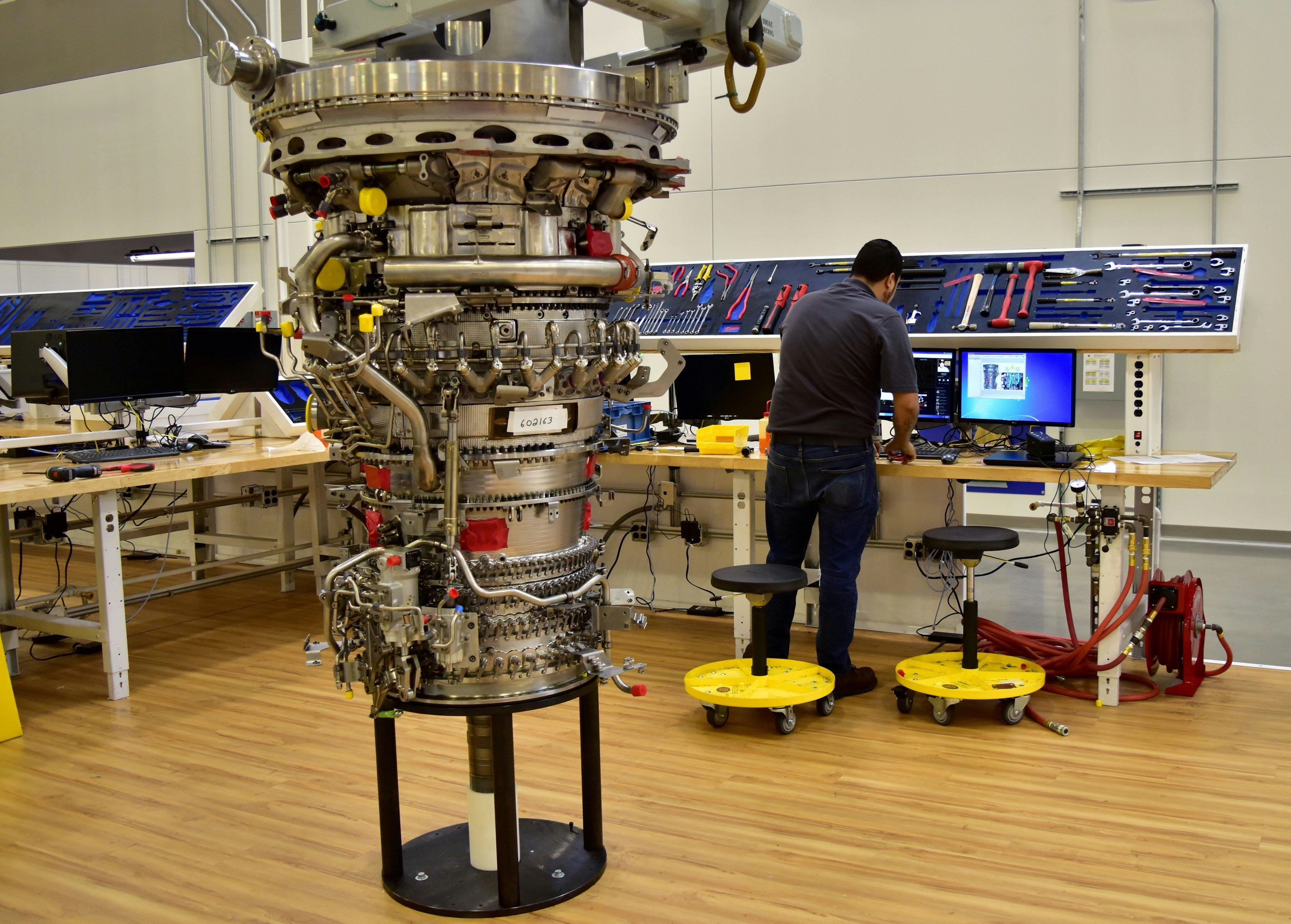
Manufacturer of China’s C919 Secures Capital Injection Amid Supply Chain Issues

Africa’s Aviation Sector Adopts AI Amid Challenges

FTAI Aviation Shares Rise 6.3% Following AI Partnership with Palantir
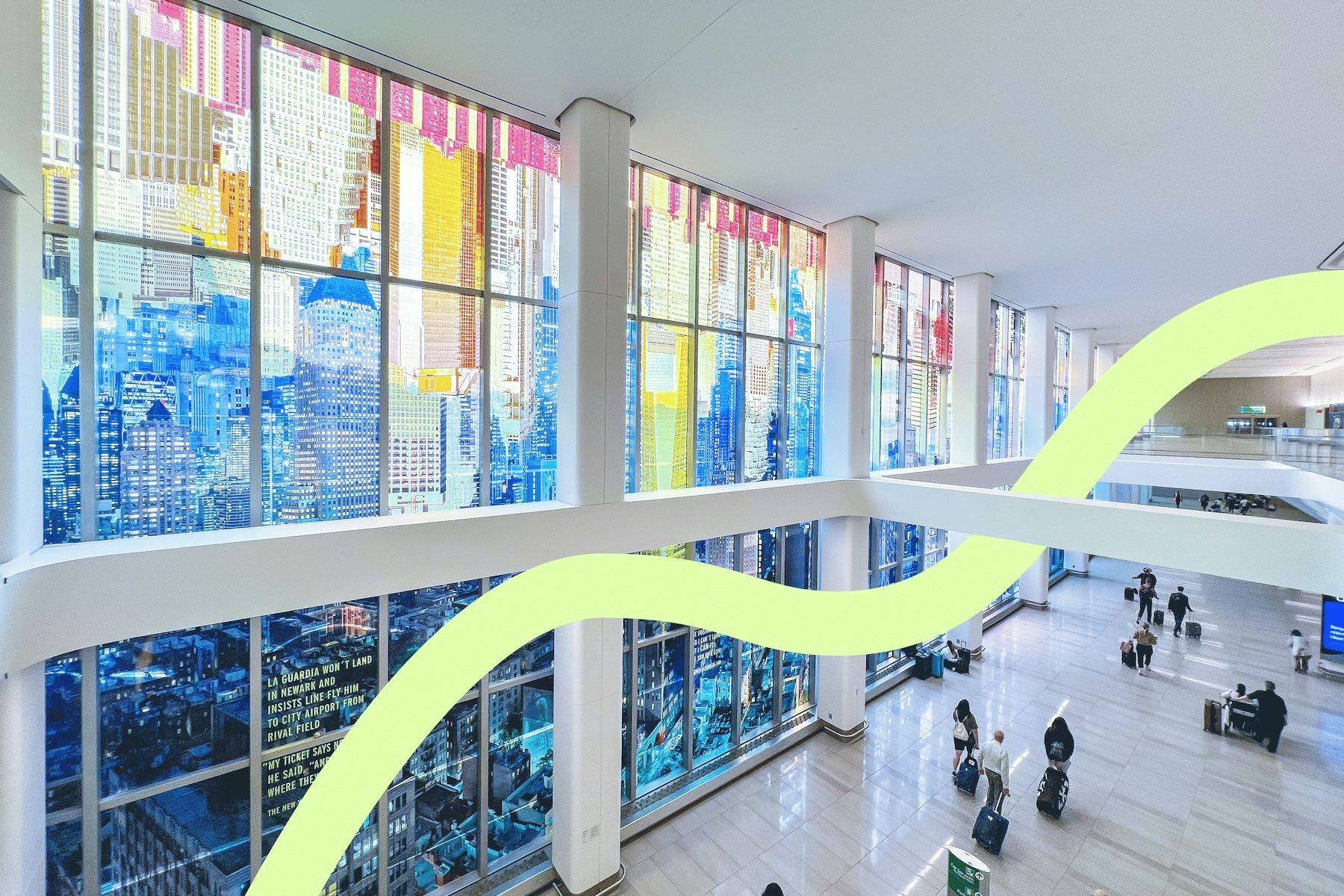
Airports Innovate 2025 Shapes the Future of Aviation
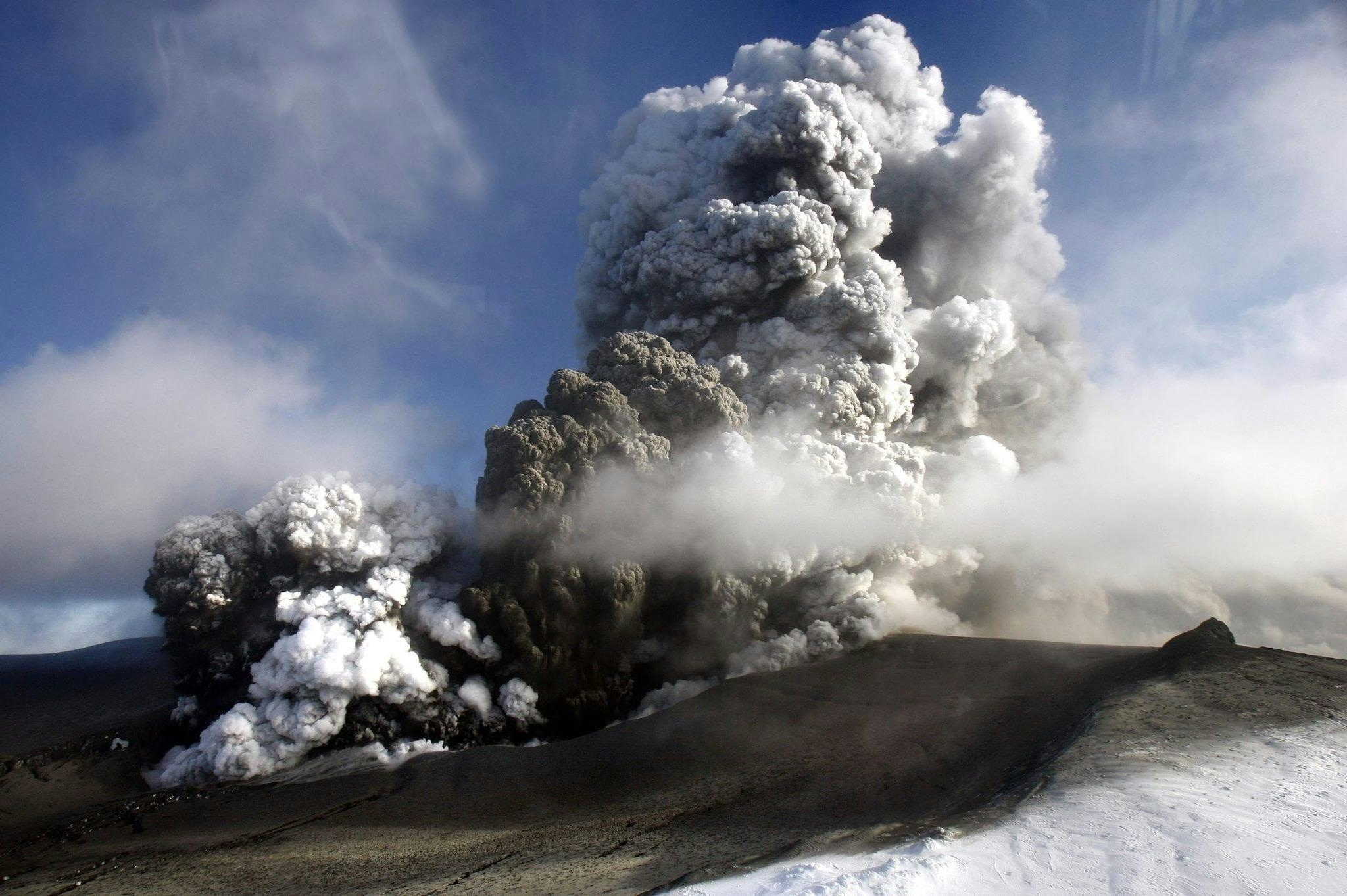
How Volcanic Ash Disrupts Aircraft Engines

Ethiopia Volcanic Ash Plume Poses Risk to Aviation, DGCA Issues Warning
